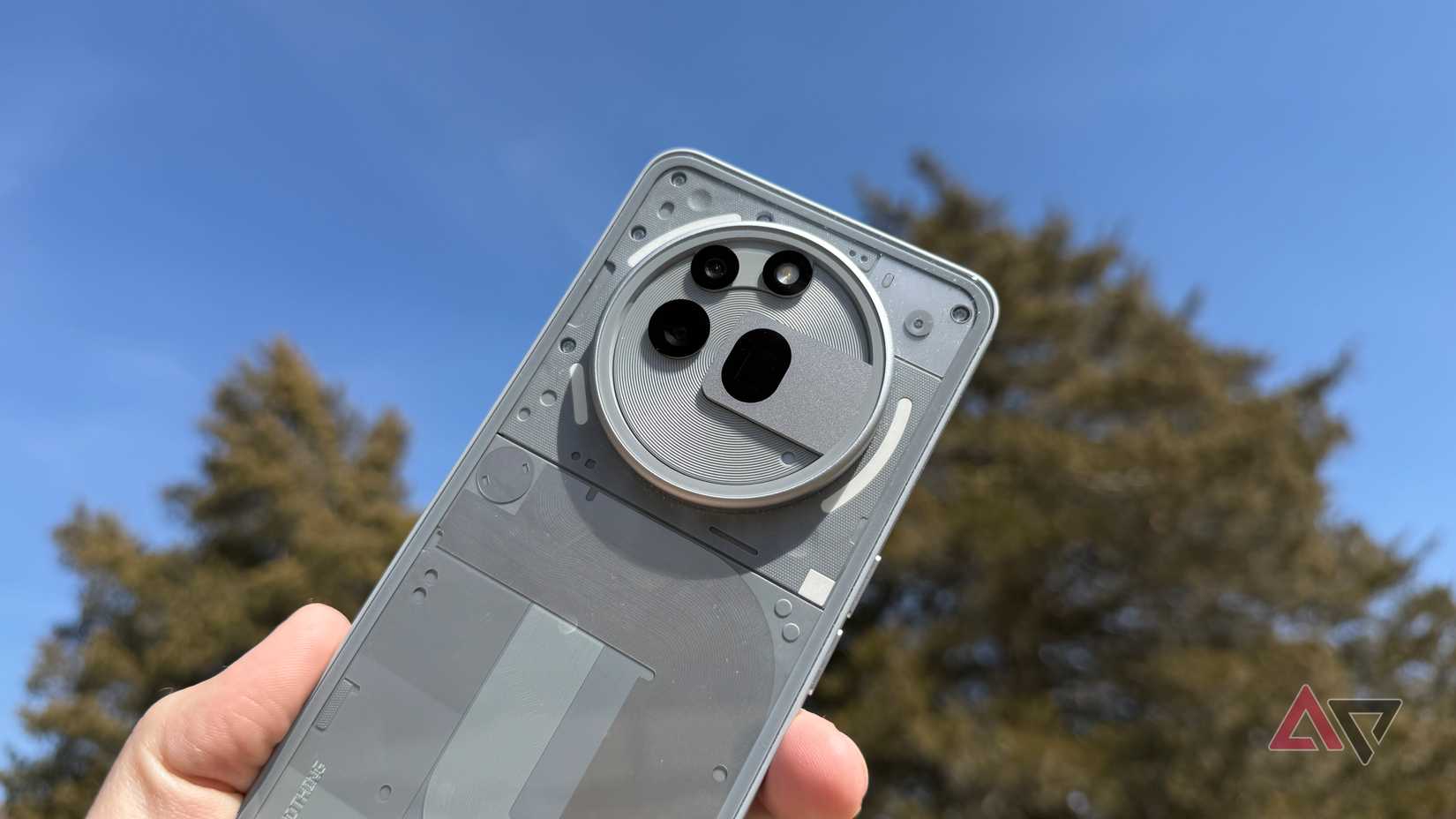The Pixel A-series has held a special place in my heart ever since it was announced in 2019.
Standing for accessibility, the Pixel A-series phones aren’t always best in class, but they deliver the essence of the Pixel lineup at a price that can feel like a bargain.
Everything from clean, up-to-date software to minimalist designs and cameras that punch far above their weight is included.
It’s a winning formula that has steadily delivered phones that resonated with buyers and helped uplift the Pixel brand. It’s been the safe, dependable fallback to the ever-evolving Pixel flagship lineup.
However, that streak might soon be broken. If the leaks about the Pixel 10a are to be believed, Google’s next affordable smartphone might not be quite all that.
And worse, rather than being a dull evolution, the Pixel 10a could end up being a big fat disappointment for prospective buyers. There are a few reasons why.
5
Same old silicon, same old story
The end of a winning formula
Let’s be honest here, the Pixel lineup has never been known for extraordinary performance. Still, the Tensor chipsets are gradually improving and getting better at keeping pace with the best in the business.
This year’s Tensor G5 chipset from the Pixel 10 lineup brings significant improvements to not just overall processing capabilities, but also AI capabilities.
The latter is key to the Pixel experience. However, rumors and leaks suggest that the Pixel 10a will continue to use last year’s Tensor G4 chipset.
On the surface, this might sound logical. It’s a low-cost smartphone, and pairing it with an older chipset helps keep the price down. But the A-series has historically played it differently.
Google has always used the same chipset across the A-series and flagships. This gives the affordable A-series an instant advantage over similarly priced competitors.
Moreover, it enables all the latest AI-enabled tricks that Google’s been working on. That was the secret sauce to the Pixel A’s success. It wasn’t a watered down smartphone. It was just a Pixel phone with a smaller list of hardware features.
Now, by locking the Pixel 10a to older silicon, Google risks diluting its own formula. While people won’t care about the name of the chipset, the trickle-down effects of launching a gimped chipset are many.
The Tensor G4 already trails Qualcomm and MediaTek chipsets in its price band, and by mid-2026, it’ll be a downright tired chipset. Not only will it be slower than the alternatives, it’ll also be less efficient.
But more than that, it’ll lack the neural processing power needed for it to keep up with Google’s ambitious AI efforts. Think features like Magic Cue, or the new Pixel Journal app.
If the Pixel 10a doesn’t support these modern additions to the Pixel smartphones, it won’t just be boring.
It’ll be disappointing because it represents a retreat from Google’s attempts at creating a standard software and AI ecosystem for its yearly smartphone release cycles.
But that’s just one part of the story. Pair the gimped processor with industry leaks that point to a base configuration of 128GB of UFS 3.1 storage, and you’re looking at a phone that’s looking particularly dated.
The numbers aren’t too bad on paper, but take a look at what the rest of the industry is doing, and it’s a very different picture.
Not only is 256GB of base storage starting to become commonplace, but faster UFS 4.0 storage is also becoming more common in premium mid-range hardware.
4
A 2,000-nit display isn’t all that
Peak figures don’t tell the entire story
Elsewhere, even though the display promises a headline-grabbing 2,000 nits of peak brightness, I’m very cautious. It sounds cool, but not particularly unique, and certainly not impressive for a 2026 release.
Moreover, sustained brightness and color accuracy is what matters more, and we haven’t heard any encouraging details on that front.
So, far, all the rumors point to a phone that ticks boxes instead of delivering a genuinely exciting experience, and that’s just not what you expect from the Pixel lineup.
3
Mid-rangers keep getting better
The competition isn’t standing still
The Pixel 10a’s rumored ho-hum specs come at a time when the competition is going all out to deliver value.
The mid-range market has shifted, and competitors, from Samsung to OnePlus and Nothing, and more, are packing their $500 phones with everything from larger batteries to class-leading charging, even multiple lenses.
These erstwhile flagship features are now widely available at the premium mid-range price point. Meanwhile, the Pixel 10a continues to skimp out on basics like a telephoto lens, and now even the improved processor.
2
Google’s software magic is losing its spark
Software tricks need hardware that can keep up
While we’re at it, a lot of Google’s software magic is also starting to fall behind. As good as its computational photography is, the competition has caught up for the most part.
Without a serious upgrade in hardware power with better sensors and additional lenses, there’s no reasonable way that the Pixel 10a can boast of class-leading photography capabilities.
However, current rumors do not indicate any move towards that. Almost all of Google’s recent AI improvements have been focused on marginal quality of life improvements.
Things like Magic Cue look great, but even Magic Cue isn’t exactly a system seller on its own.
And if Pixel 10a’s lackluster chipset means losing out on the latest and greatest AI features, the rest of the software, clean as it is, isn’t quite as magical as it is made out to be.
1
Google risks losing the A-series sweet spot
Not quite a budget flagship experience
All these factors, when combined with the price point, make me even more suspicious of the Pixel 10a’s competitiveness.
I’ll be honest here. $499 isn’t a bad price point at all. But not so much when you’re hitting the price point by cutting corners on hardware.
What made the Pixel A-series special was its excellent balance. You got a flagship processor, the same core software experience, and accepted some basic compromises.
If the Pixel 10a ships with a year-old chipset, modest storage, and a lack of major updates to the camera hardware, while sitting at the same price point, that balance in value changes quite a bit.
I’m not so sure if it’s going to be such an easy recommendation. And that’s what might end up being the most disappointing part for me.
The Pixel A-series has always been an easy recommendation as a smart buy. It covered all the important bases, including great software — a common pain point with mid-rangers — while hitting a great, affordable price.
That wouldn’t be the case anymore.
The Pixel A-series deserves better
It goes without saying that it’s still early days. These are all, after all, just rumors and speculation.
Plans and specs can change, and Google might have other tricks lined up to make the phone shine and compete with the best mid-rangers on the market.
Still, leaks regarding Google hardware are usually accurate, and I don’t see much changing. The Pixel 10a doesn’t sound like it would be a boring phone. A decent boring phone is fine, if not forgettable.
However, it’s shaping up as a disappointing piece of hardware, and that’s my biggest worry.
It’s no longer looking like a trickle-down flagship with all the specs that matter, and the exceptional value that made it an easy recommendation for almost anyone on a budget.
More so at a time when the competition has never been fiercer. Rivals are offering more and more at the same price while Google is lowering the ceiling. And that’s a big problem.
If the Pixel 10a doesn’t course correct before it launches, it suggests that Google is no longer paying attention to what made the series a success and kept people coming back for upgrades.
That’s not a future I want because the Pixel A lineup, even if not the flashiest, has been one of the best smartphone releases from Google.
It’s the one that everyone could count on to deliver a smooth, secure, and well-rounded user experience for years to come without breaking the bank on a flagship.



